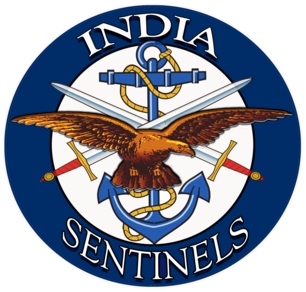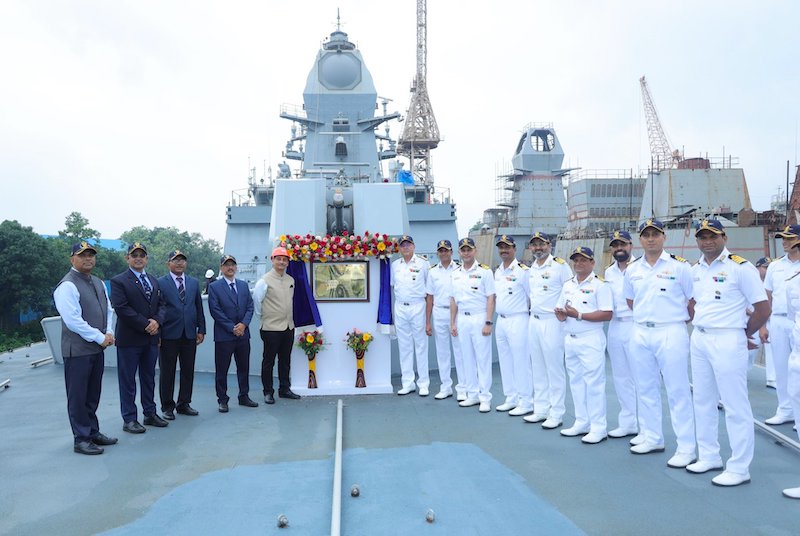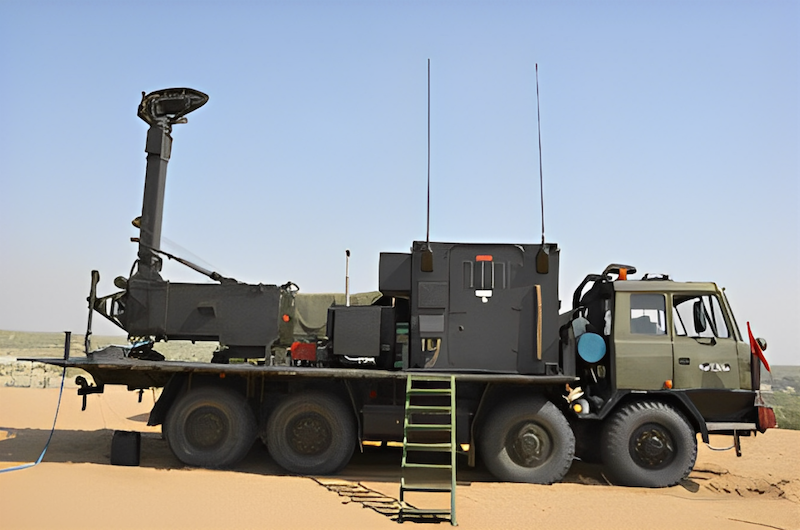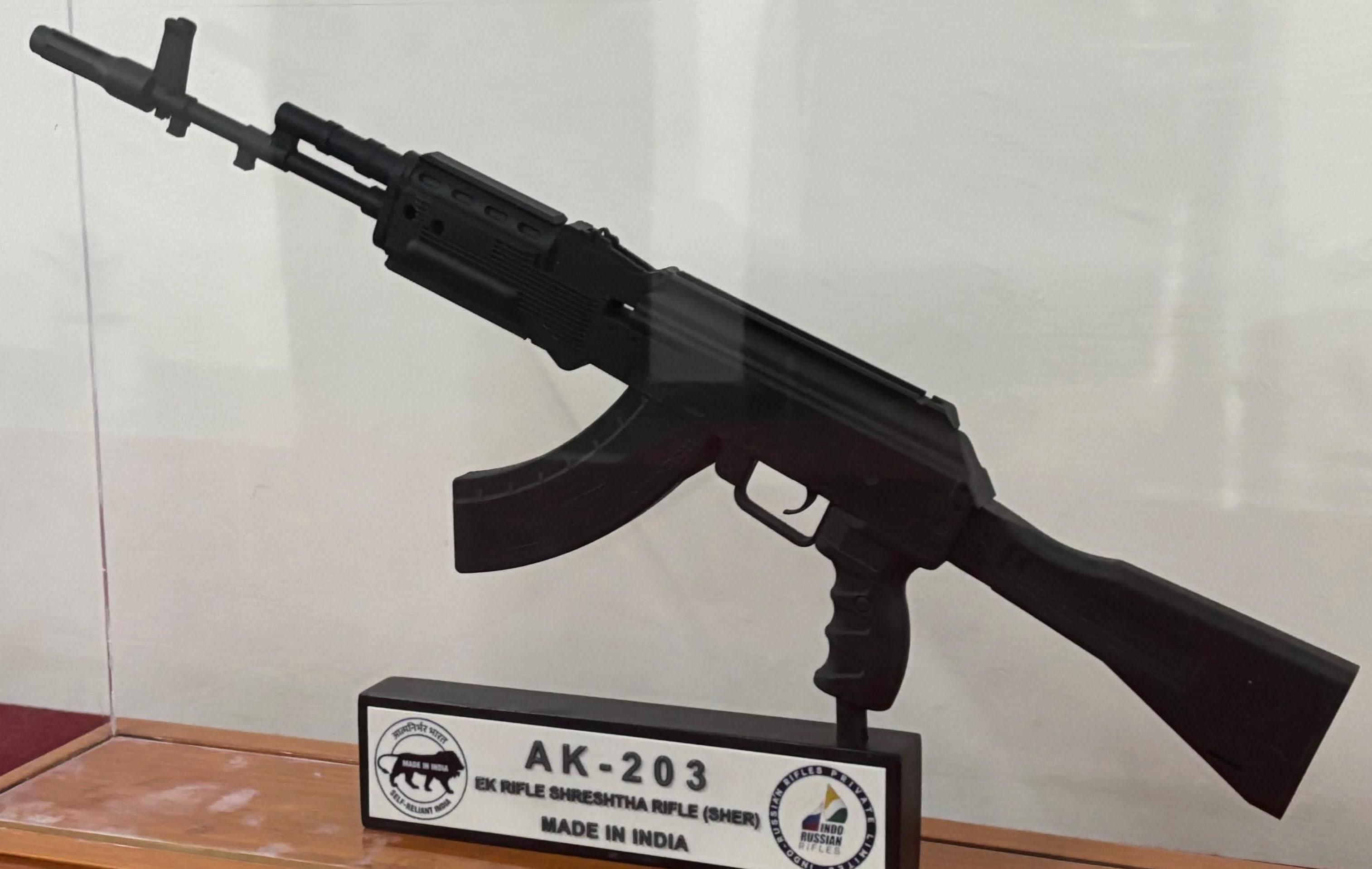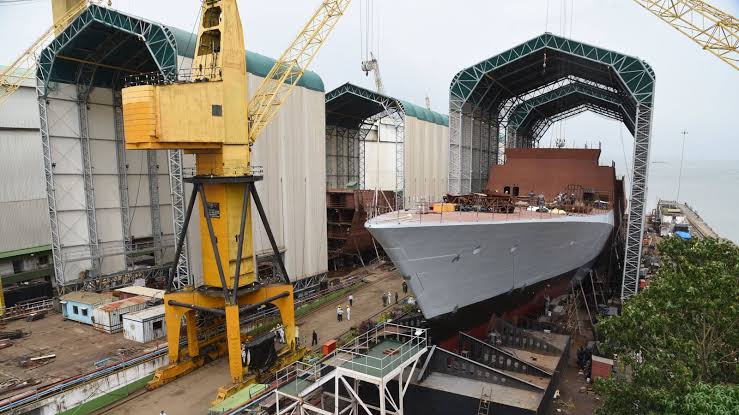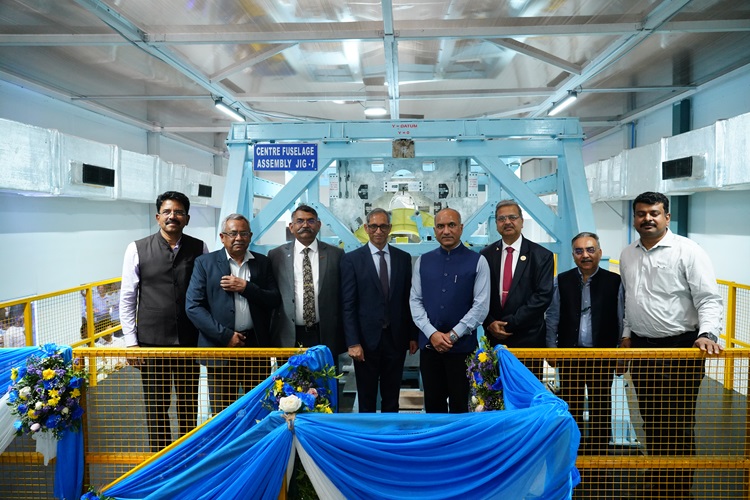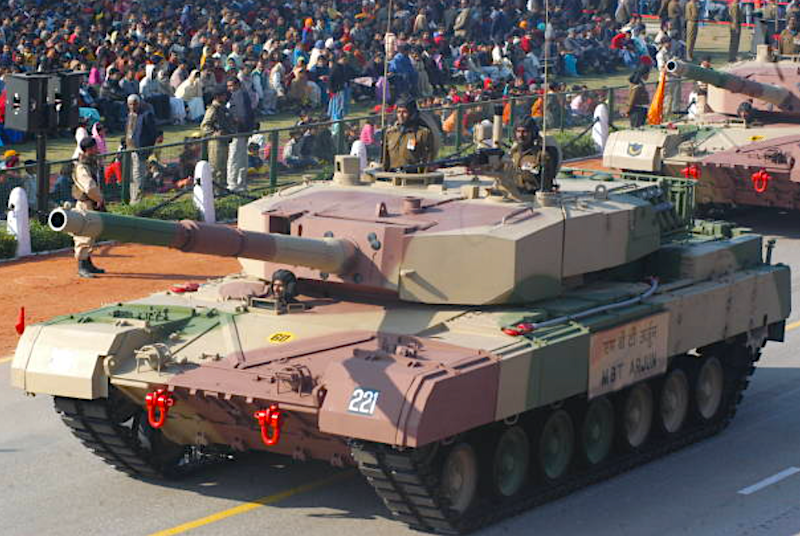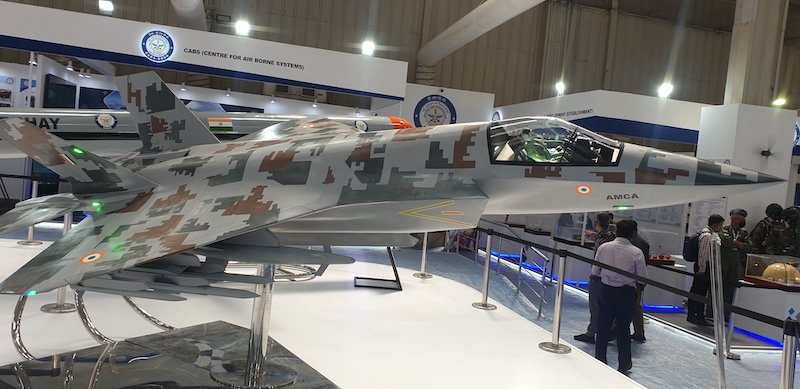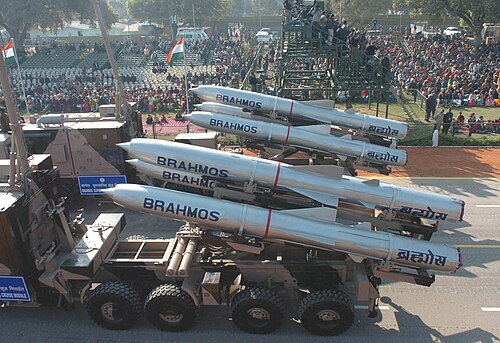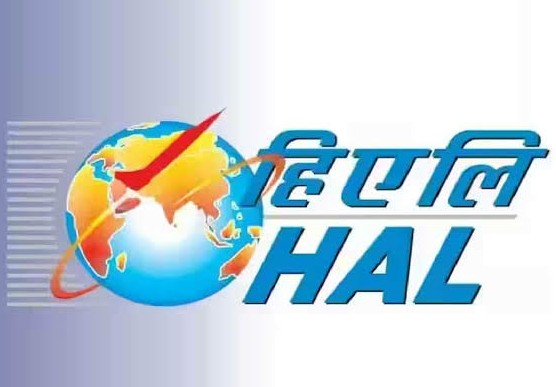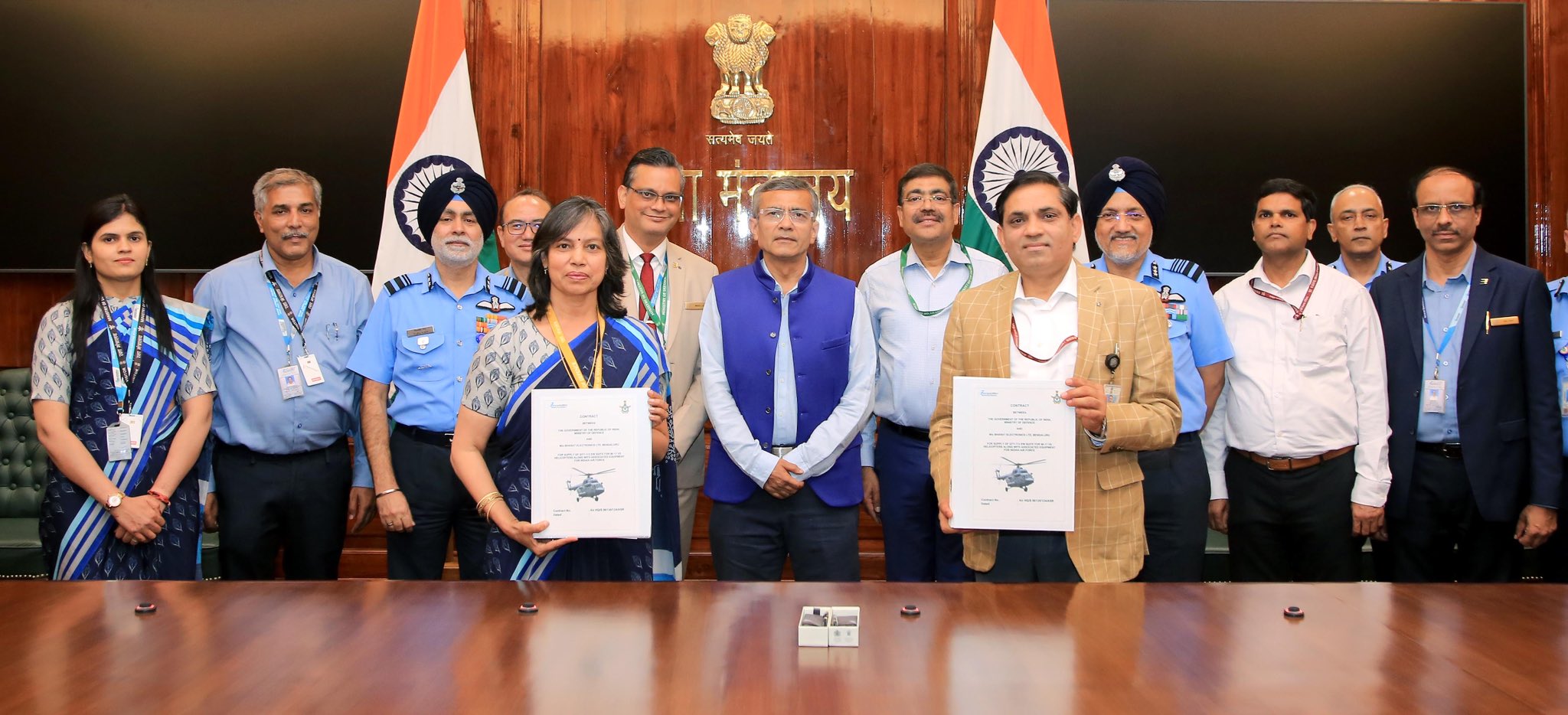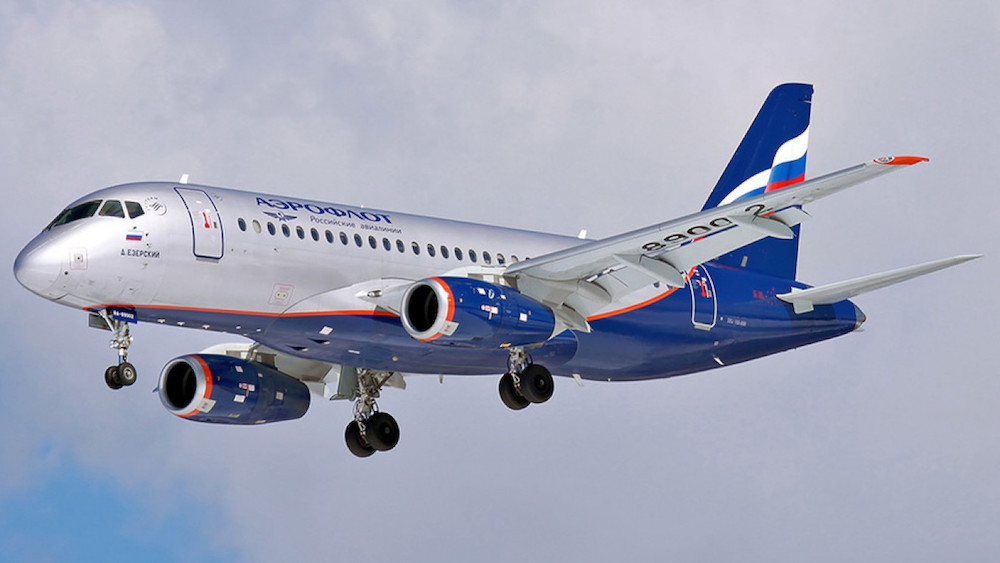 An Aeroflot HAL Sukhoi Superjet 100. (Photo for representation.)
An Aeroflot HAL Sukhoi Superjet 100. (Photo for representation.)
New Delhi: Hindustan Aeronautics Limited has signed an agreement with Russia’s United Aircraft Corporation to manufacture the Sukhoi Superjet 100 in India. This is the first time a complete passenger aircraft will be produced domestically.
The memorandum of understanding (MoU), signed in Moscow, grants HAL the rights to manufacture the twin-engine regional aircraft for domestic customers under the government’s UDAN (Ude Desh ka Aam Naagrik) scheme, which aims to enhance regional air connectivity.
The SJ-100, designed for short-haul routes, is a 100-seat narrow-body aircraft that combines range, capacity and operational efficiency. With a flight range of 3,530 kilometres and a maximum take-off weight of 49,450 kilograms, the aircraft is positioned as a cost-effective solution for point-to-point routes on both domestic and international sectors.
The aircraft measures 29.94 metres in length with a wingspan of 29.7 metres and stands 10.28 metres tall. It can operate across diverse climatic conditions, functioning in temperatures ranging from minus 55-degrees celsius to 45-degrees celsius.
Over 200 SJ-100 aircraft have been produced to date and are currently operated by more than 10 commercial airlines globally. The aircraft’s operational versatility and relatively low operating costs have made it suitable for regional connectivity, particularly in emerging markets.
This collaboration represents HAL’s first passenger aircraft manufacturing project since the production of the Avro HS-748, which ran from 1961 to 1988. That programme saw HAL manufacture the British-designed turboprop transport aircraft under licence for several decades.
The UDAN scheme, launched in 2016, seeks to make air travel affordable and accessible to tier-2 and tier-3 cities across India. The addition of domestically manufactured regional aircraft could potentially address the shortage of suitable aircraft for connecting smaller airports under the programme.
However, the project faces challenges. The SJ-100 has experienced limited international adoption outside former Soviet states, partly due to Western sanctions on Russia that have affected the supply of critical components, including engines and avionics from manufacturers like PowerJet and Thales. The aircraft’s operational track record has also been mixed, with some airlines reporting maintenance and support issues.
HAL will need to address questions around the supply chain for components, certification requirements, and the aircraft’s competitiveness against established regional jets like the Embraer E-Jets and ATR turboprops that currently dominate India’s regional aviation market.
The joint statement from both entities described the SJ-100 as a potential “game changer” for short-haul connectivity under the UDAN scheme, though the timeline for production and delivery remains unclear.
